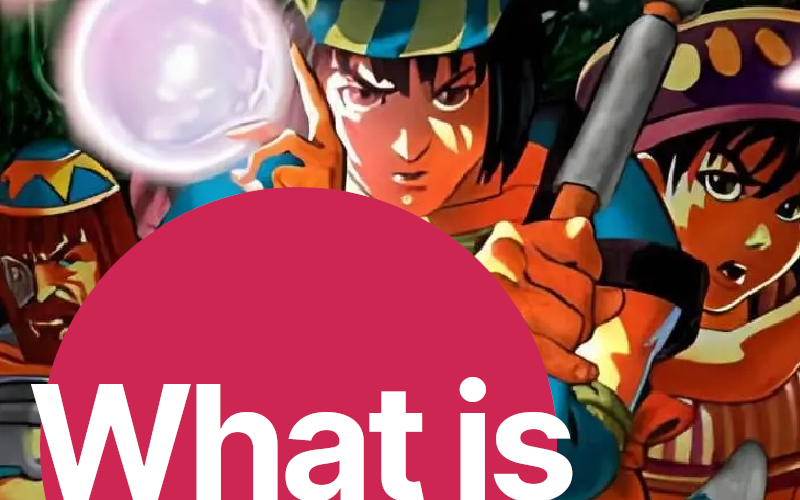An RPG about the coexistence of humans and nature, with a cocoon master who traps monsters in a cocoon.
Katsuya Kondo, artist for Jade Cocoon (Interview)
Jade Cocoon in One Minute
Key points
This fondly remembered series started with Jade Cocoon: Story of the Tamamayu on the PS1 in 1991, which has one sequel.
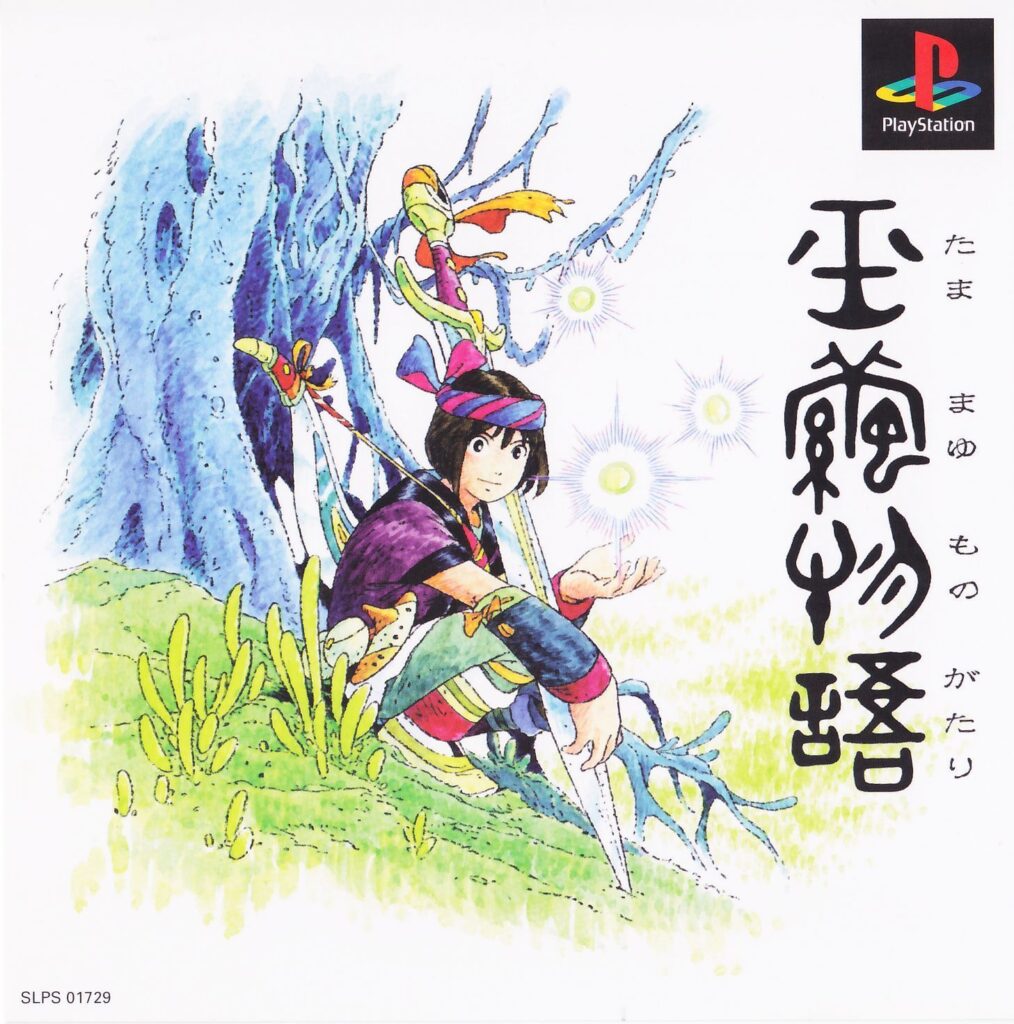
This eye-catching box art shows off the first thing that made people fall in love with these games, which is:
The art of Katsuya Kondō, a character designer from Studio Ghibli
Considered a top animator in the Japanese film industry, helping bring classics such as Kiki’s Delivery Service to life, the Jade Cocoon duology are the only games Kondo has lent his talents to.

In addition to the artwork, the first Jade Cocoon is loved by fans for:
Monster fusion based on dynamic merging of monster polygons and textures
The first monster selected to be merged contributes its shape, and the second monster contributes its texture, and additional modifiers also affect the final monster’s appearance.
The monsters that you fight with are therefore not ones that have been entirely hand-crafted by the developers, but ones that have been generated uniquely according to your choices.
To this day, this system of monster generation is something no popular monster raising game has attempted.
A rich fantasy world and an emotional story
Pokemon and Shin Megami Tensei games were set in the real world, but Jade Cocoon combines monster raising with a more traditional JRPG narrative and aesthetic.




This new combination was a stated goal of the development team:
We had two goals. One was to create an immersive story world, and the other was to provide compelling monster-raising gameplay. In this way, the game would be both stylistically and technically unlike anything else on the market.
Gaku Tamura or Shinya Kozaki, director and scriptwriter respectively (Interview)
The characters of Jade Cocoon start the game at the cusp of adulthood, and face life changes including marriage and undertaking dangerous work for their town. The people they meet are grappling with their own situations and pasts.
The story concerns the events of a single town and the surrounding woodlands, the perils they face and the suffering of the characters for the sake of their fellow townspeople.
Clashes between the town and forest occur throughout the story, sometimes with tragic consequences.
If we pursue the theme of people and nature, we have no choice but to be conscious of “Princess Mononoke.” You can’t help but be affected.
Katsuya Kondo, artist for Jade Cocoon (Interview)
Exploring the forests of Jade Cocoon: Story of the Tamamayu
In keeping with the theme of humans coexisting with nature, forests are the dungeons of these games. They are rich with natural variety and detail.
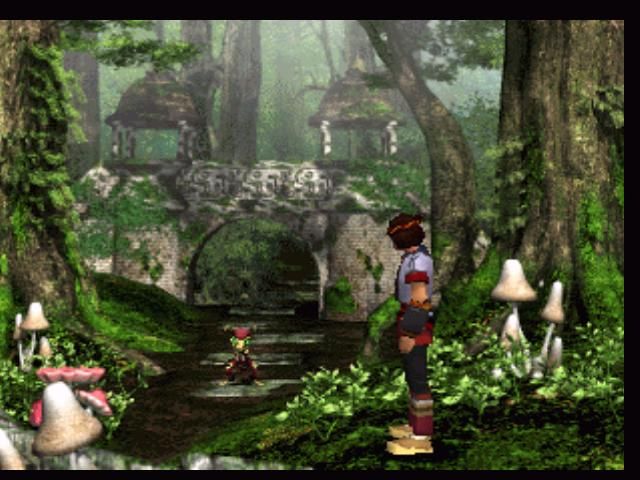
These forests, where the majority of gameplay takes place, are where the player meets the monsters, called “divine beasts”, which can be captured in cocoons after they are weakened.
The monsters grow in size as they level up. They have an elemental attribute, be of the earth, fire, water or air elements (or a combination).
Here are four monsters, one for each element:

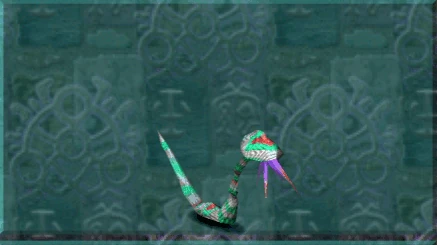
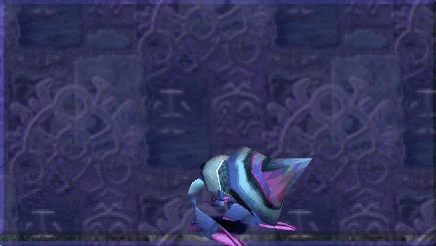

The atmosphere the forests is enhanced by the music of Kimitaka Matsumae, who says:
The world of Jade Cocoon is a wonderland like Asia and Africa, so I tried using Asian and African techno.”
Kimitaka Matsumae, composer (Interview)
Jade Cocoon 2

Jade Cocoon 2 was released in 2001. In Japan, it had a subtitle that can be translated as “Insect of Destruction” but lacked a subtitle for international release.
Both Jade Cocoon game have their own strenths and weaknesses, though they also have a lot of shared themes.
In general, these are some of the common views on the sequel compared to the first game:
- Less focus on story, more lighthearted, questionable voice acting quality
- Lacking dynamic monster fusion
- Adds a more interesting battle system where three monsters at a time take action, and in total a ring of up to eight monsters are brought into battle in total
Both games have an endless endgame dungeon called the Eternal Corridor where the player can continue to raise and fight their monsters to their heart’s content:
Series at a glance
Fandom
Even 30 years later, Jade Cocoon has remained in in the hearts of fans as a unique experience that other monster raising games have been unable to repeat. You can find those fans online in the following communities:
Similar Games
If you like Jade Cocoon, you will probably like:
- Persona 3, 4 and 5: “mature” JRPG stories with monster taming
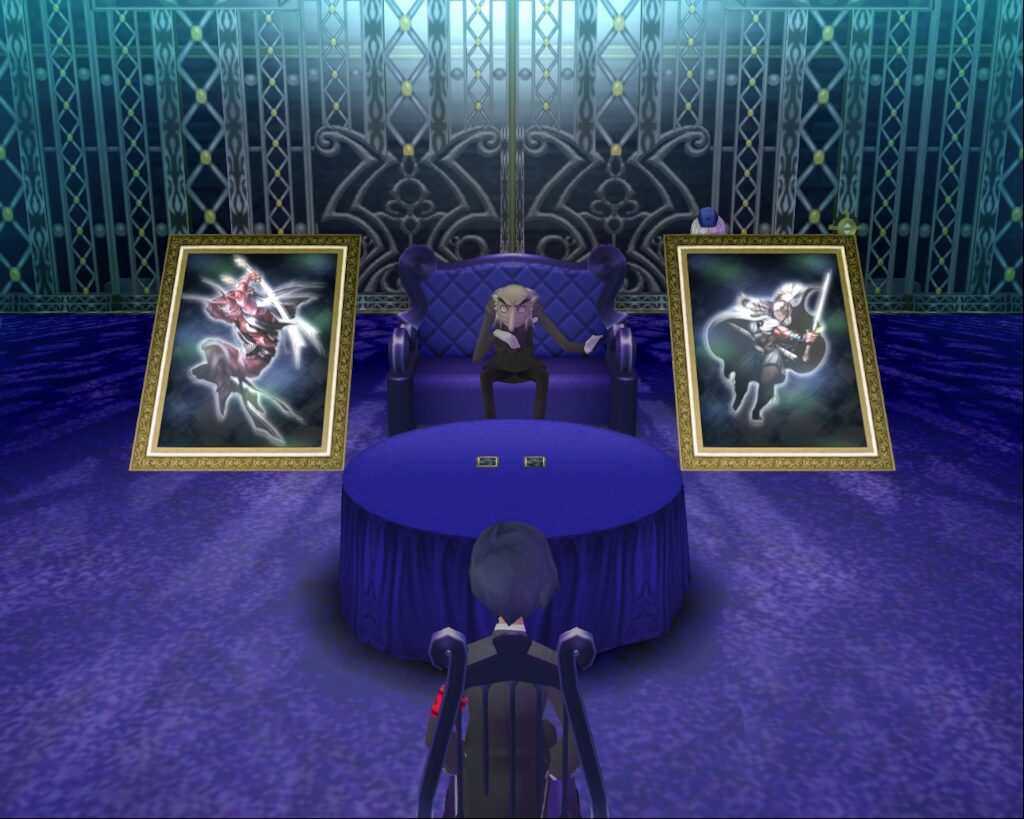
- Ni No Kuni 1 and 2: “Studio Ghibli style” visuals in a monster taming JRPG
